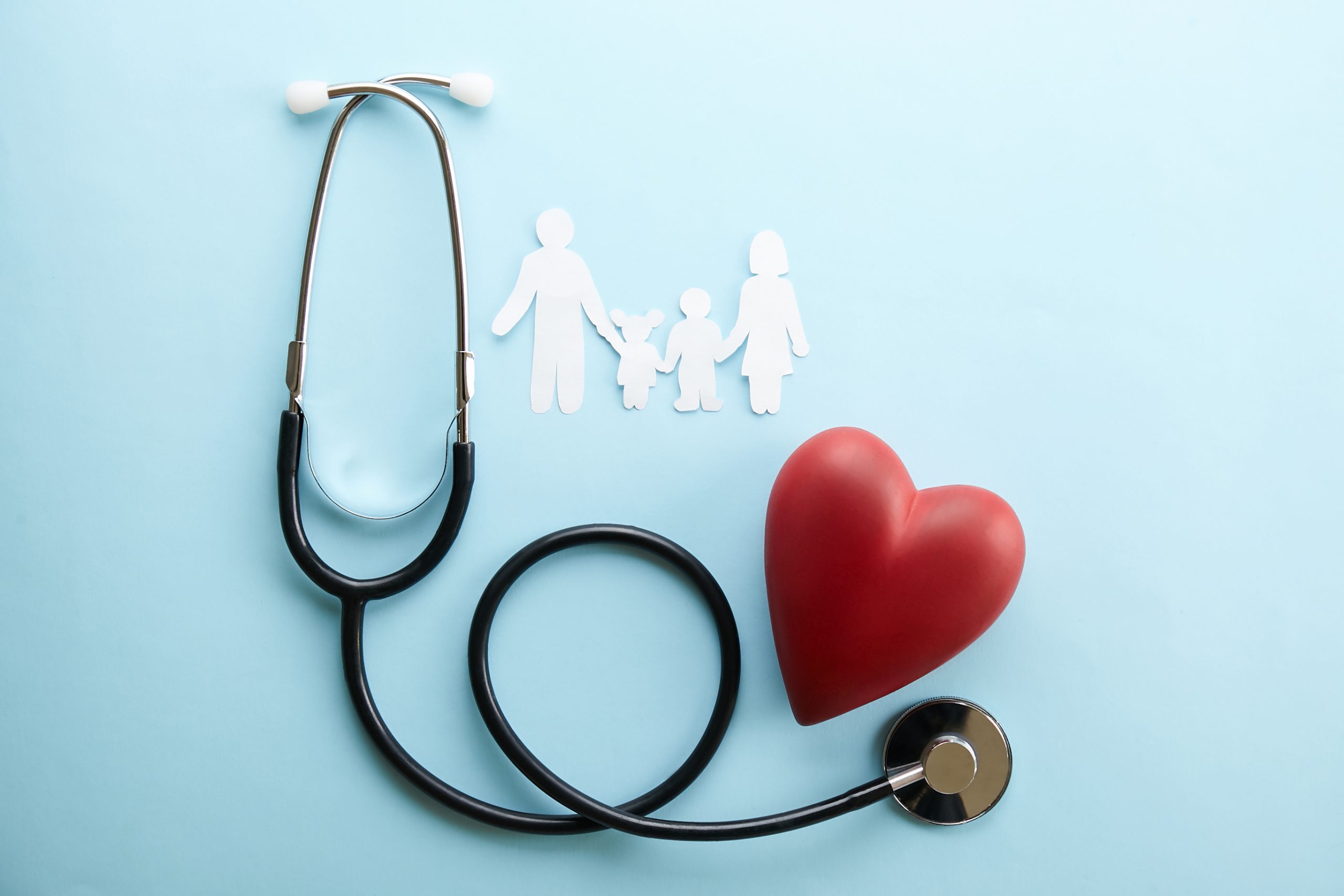
Echocardiogram
Echocardiogram:
An echocardiogram is a non-invasive medical test that utilizes sound waves (ultrasound) to create real-time images of the heart. This imaging technique provides valuable information about the structure and function of the heart, aiding in the diagnosis and management of various cardiovascular conditions. Here is an overview of the echocardiogram procedure:
Types of Echocardiograms:
- Transthoracic Echocardiogram (TTE):
- Common and widely used.
- Involves placing the transducer on the chest wall to obtain images of the heart.
- Transesophageal Echocardiogram (TEE):
- Involves inserting a specialized transducer into the esophagus to obtain closer and clearer images of the heart.
Indications:
- Assessment of Cardiac Function:
- Evaluate the pumping function of the heart (systolic and diastolic function).
- Structural Assessment:
- Examine the heart valves, chambers, and walls for abnormalities or defects.
- Detection of Cardiac Abnormalities:
- Identify conditions such as congenital heart defects, valvular diseases, and cardiomyopathies.
- Monitoring Heart Conditions:
- Follow up on known heart conditions and assess treatment effectiveness.
- Guidance for Procedures:
- Assist in guiding procedures such as valve repairs or replacements.
Procedure Steps:
- Patient Preparation:
- The patient may need to remove clothing from the upper body.
- Electrodes are attached to the chest for an electrocardiogram (ECG) recording during the test.
- Gel Application:
- A gel is applied to the chest to enhance the transmission of sound waves.
- Transducer Placement:
- The ultrasound transducer is placed on different areas of the chest to obtain specific views of the heart.
- Image Acquisition:
- Sound waves are emitted, and as they bounce back from the heart structures, they create real-time images on a monitor.
- Doppler Imaging:
- Doppler ultrasound may be used to assess blood flow, providing information about the velocity and direction of blood within the heart.
- Image Analysis:
- The images are analyzed by a trained sonographer or cardiologist to assess the heart’s structure and function.
Aftercare:
- No Special Aftercare:
- Echocardiograms are generally well-tolerated, and no specific aftercare is usually required.
- Resume Normal Activities:
- Patients can typically resume their normal activities immediately after the test.
Complications:
- Rare Complications:
- Echocardiograms are considered safe, and complications are rare.
- The procedure does not involve radiation exposure.
Echocardiography is a valuable tool in cardiology, providing detailed information for the diagnosis and management of heart-related conditions. It offers real-time visualization of the heart’s structures and dynamics, contributing to a comprehensive understanding of cardiovascular health.
Leave a Reply